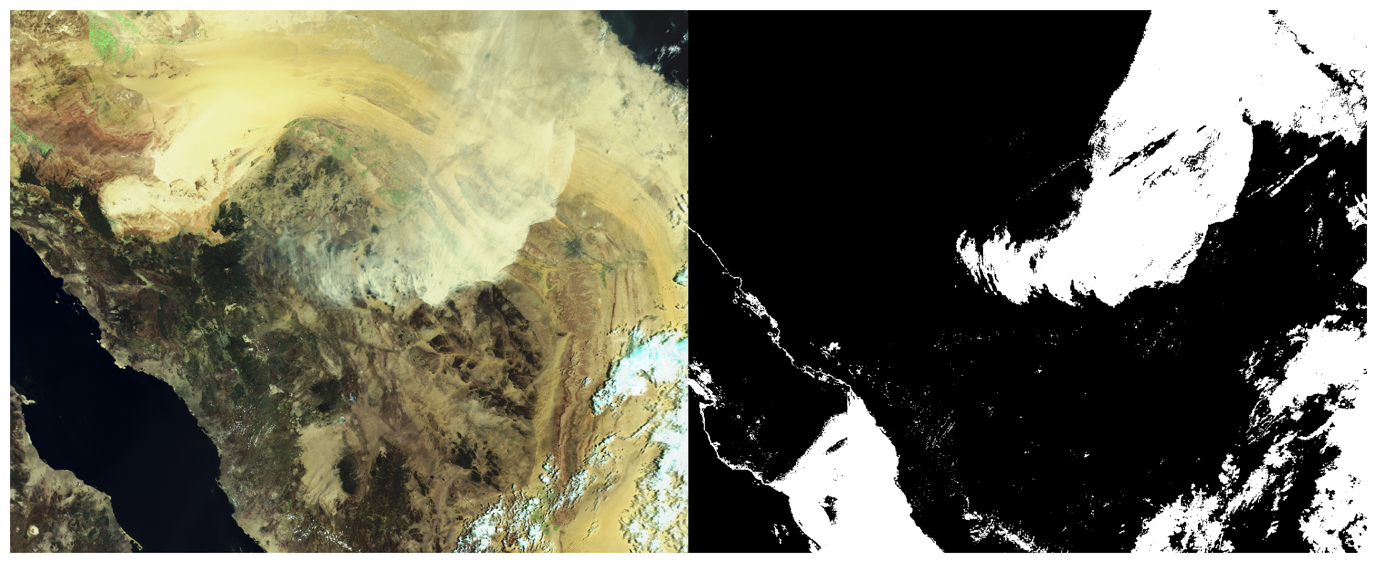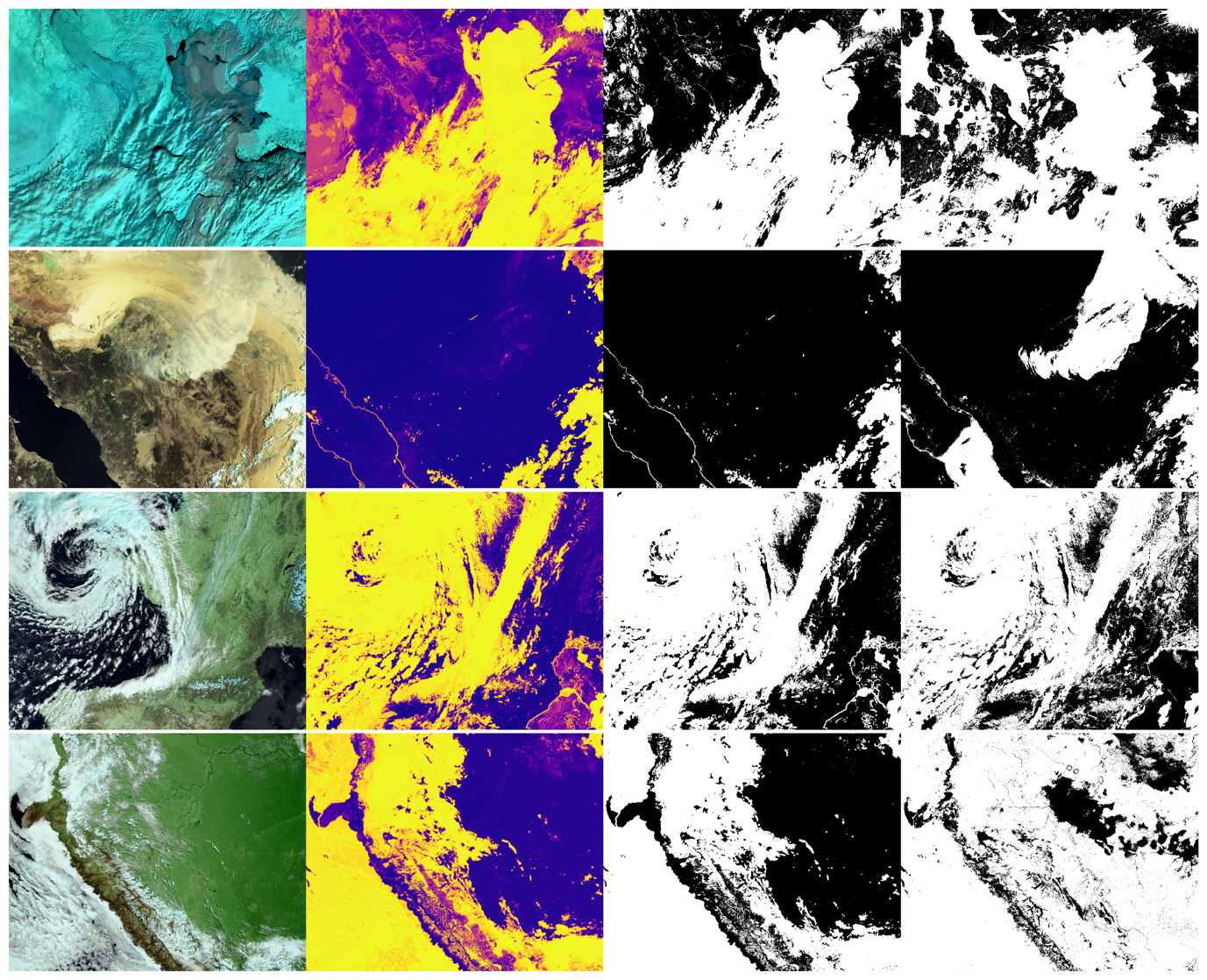Weather is an integral part of human life, to an extent that almost every aspect of our life, from holidays to agricultural planning to navigation are underpinned by weather. STFC's Scientific Computing department (SCD) and RAL Space are working together on a project that might make it easier to predict weather and climate in the future.
 Sea and land surface temperatures (or SST/LST), have a significant influence on the Earth's weather. For instance, large variations of the SST in the Pacific can cause anything from severe drought, to heavy rainfall, to tropical cyclones. As such, collecting accurate measurements of SST/LST across the entire Earth's surface is a fundamental task. It is also a basic requirement for numerical weather prediction and other applications, such as predicting climate change.
Sea and land surface temperatures (or SST/LST), have a significant influence on the Earth's weather. For instance, large variations of the SST in the Pacific can cause anything from severe drought, to heavy rainfall, to tropical cyclones. As such, collecting accurate measurements of SST/LST across the entire Earth's surface is a fundamental task. It is also a basic requirement for numerical weather prediction and other applications, such as predicting climate change.
There are many methods for measuring the SST/LST, such as from ships or surface buoys, but satellites can offer much better coverage from space. Satellites are often equipped with special sensors for this purpose, such as the Sea and Land Surface Temperature Radiometer on board the Sentinel-3 satellite, a mission operated jointly by the European Space Agency (ESA) and by the European Organisation for the Exploitation of
Meteorological Satellites (EUMETSAT).
Jeyan Thiyagalingam, who leads SCD's Scientific Machine Learning Group (SciML) said, “It is possible to make direct measurements of surface temperature from these satellites everywhere, except when clouds are present. Clouds can really affect the signals measured by satellites so it is then much harder to retrieve the temperature measurements.
"The presence of cloud needs to be established, so that no surface temperature retrieval is performed wherever there is cloud. This is where machine learning comes in as we need to perform an operation known as cloud masking. Cloud masking, in its simplest form, involves processing thousands of satellite images and marking each pixel in these images as either cloud or as clear sky."
The cloud masks currently used are very accurate, but no cloud mask is perfect and there are a number of scenarios that make it a challenging task.
"We need to ensure we are looking at clouds and not something that looks like cloud in the satellite image – things like sea ice, dust storms in the desert or fires and smoke. Even sun-glint on clouds can make a difference," Jeyan explains.
SciML has teamed up with RAL Space to investigate the use of artificial intelligence (AI) for cloud masking, resulting in an intelligent cloud masking.
The research group trained different AI solutions to do this under different conditions, such as snow, sea ice and sun-glint, using several hundreds of images. Some of these AI solutions were trained on a powerful supercomputer called PEARL, which contains state-of-the-art AI-specific computer hardware. Using the PEARL supercomputer, which is housed in Building R89 at RAL, accelerated the machine training process from several weeks to just a few hours.
Jeyan adds, "This ongoing, active research between SciML and RAL Space is a first step towards creating a better and intelligent cloud masking method and should help to make weather and climate forecasting easier in the future."
